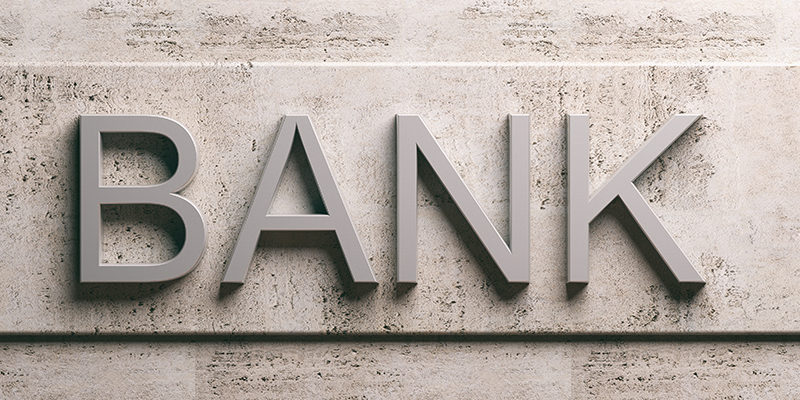Capital conservation buffer (CCB) is a concept introduced under the international Basel III norms. According to Basel III norms, during good times, banks must build up a capital buffer that can be drawn from when there is stress. Individual countries are allowed to take their own decision in this matter. In India, to adhere to Basel norms, RBI wants all the commercial banks to achieve minimum total capital of 9 per cent and a capital conservation buffer of 2.5 per cent, with the minimum total capital and CCB adding up to 11.5 per cent, by April 1, 2022.
The CCB is being implemented in a phased manner of 0.625 per cent per year from January 1, 2016, and should have been 2.5 percent by April 2021. However, in view of the continuing stress on account of COVID-19 and in order to aid in the recovery process, the Central Bank has been decided to defer the implementation of the last tranche of 0.625 per cent of the Capital Conservation Buffer (CCB).
Most of the private sector banks are well-capitalized and therefore fulfilling the CCB norm for them will not be a problem. But the problem lies with some of the public sector banks that are struggling to maintain even the basic minimum capital requirement and seeking assistance from the Government for additional capital. Further, they have been selling the non-core assets to generate more capital to achieve minimum total capital of 9 per cent and a capital conservation buffer of 2.5 per cent, with the minimum total capital and CCB adding up to 11.5 per cent, by April 1, 2022.





